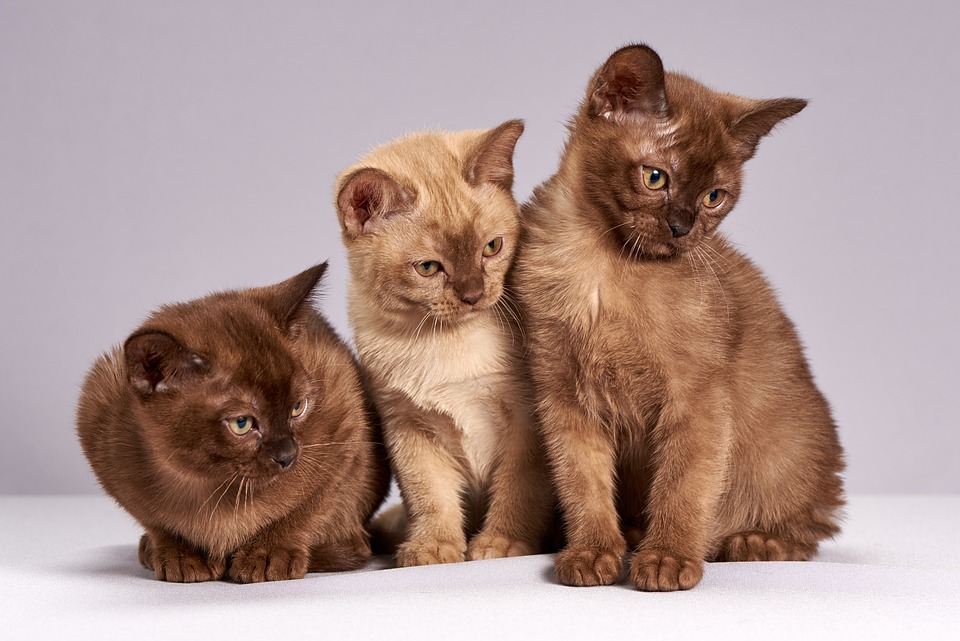Catnip, a perennial herb from the mint family, is well-known for its enchanting effect on our feline friends. This magical herb has the power to turn even the most aloof of cats into a playful and excitable furball. But have you ever wondered why catnip has such a profound effect on our furry companions? In this article, we dive into the science behind catnip and explore the reasons why cats go crazy for this toy.
**Understanding Catnip and Its Effect on Cats**
1. **What is catnip?** Catnip, also known as Nepeta cataria, is a member of the mint family. It is a hardy perennial herb that is native to Europe and Asia but is now found all over the world. The plant produces small, fragrant white and purple flowers.
2. **The chemical compound behind the magic: Nepetalactone** Catnip contains a chemical compound called nepetalactone, which is found in the leaves and stems of the plant. It is this compound that triggers the unique response in cats.
3. **How does catnip affect cats?** When cats come into contact with catnip, either by smelling, eating, or playing with it, they often exhibit behaviors such as rolling, rubbing, purring, and jumping. Some cats may become more playful and energetic, while others may become more relaxed and calm.
4. **The role of scent in catnip’s allure** Catnip’s allure lies in its scent. The nepetalactone in catnip acts as a pheromone, which cats are highly sensitive to. The scent of catnip triggers a response in the cat’s olfactory system, leading to the release of various neurotransmitters in the brain.
5. **Is catnip safe for all cats?** Catnip is generally safe for cats and is not addictive. However, not all cats respond to catnip. The sensitivity to catnip is believed to be inherited, and about 50-75% of cats are affected by it.
**The Science Behind a Cat’s Reaction to Catnip**
1. **The olfactory system: A cat’s gateway to catnip-induced euphoria** Cats have an incredibly sensitive olfactory system, which allows them to detect and respond to various scents. When a cat smells catnip, the scent molecules bind to receptors in the cat’s nose, leading to a cascade of neural signals.
2. **How does catnip trigger a response in cats?** The nepetalactone in catnip stimulates receptors in the cat’s olfactory system, which then sends signals to the brain. These signals activate the brain’s reward center, leading to a pleasurable and euphoric response.
3. **The journey of nepetalactone in a cat’s brain** Once nepetalactone enters a cat’s brain, it binds to specific receptors in the olfactory bulb, amygdala, and hypothalamus. These areas of the brain are involved in regulating emotions, pleasure, and sexual behavior.
4. **The brain’s reaction to catnip: pleasure and euphoria** The binding of nepetalactone to receptors in the brain leads to the release of various neurotransmitters, including dopamine and serotonin. These neurotransmitters are associated with pleasure and euphoria, explaining why cats exhibit such joyful and playful behavior when exposed to catnip.
5. **The genetic factor: why not all cats respond to catnip** Not all cats are affected by catnip. The sensitivity to catnip is believed to be a genetic trait passed down through generations. Kittens under the age of 3-4 months are usually not affected by catnip, as they have not yet developed the receptors necessary to respond to its scent.
**Exploring the Benefits of Catnip in Cat Training**
1. **Catnip as a training aid: enhancing focus and motivation** Catnip can be used as a training aid to enhance a cat’s focus and motivation during training sessions. The scent of catnip can act as a reward and reinforce positive behaviors.
2. **Positive reinforcement: using catnip as a reward** By associating catnip with desired behaviors, such as using a scratching post or using the litter box, you can use catnip as a positive reinforcement tool.
3. **Encouraging play and exercise with catnip-infused toys** Catnip-infused toys can stimulate a cat’s natural instincts to play and hunt. By providing toys that contain catnip, you can encourage exercise and mental stimulation.
4. **Calming anxious cats: catnip as a stress reliever** Catnip has a calming effect on many cats. By offering catnip to anxious cats, you can help alleviate stress and promote relaxation.
5. **Catnip for territorial issues: promoting a harmonious environment** Catnip can be used to promote a harmonious environment among multiple cats. By offering catnip to all cats in the household, you can help reduce territorial issues and promote bonding.
**FAQs About Catnip and Its Effects on Cats**
1. **Will my cat become addicted to catnip?** Catnip is not addictive, and cats will not become dependent on it. It is safe to offer catnip to your cat occasionally.
2. **How often should I offer catnip to my cat?** It is recommended to offer catnip to your cat once or twice a week. Overexposure to catnip may reduce its effectiveness.
3. **Can kittens be exposed to catnip?** Kittens under the age of 3-4 months are usually not affected by catnip, as they have not yet developed the necessary receptors. It is safe to expose kittens to catnip once they are older.
4. **Are there any side effects of catnip?** Catnip is generally safe for cats, and there are no known serious side effects. However, some cats may become overexcited or aggressive when exposed to catnip.
5. **Can catnip help with my cat’s aggressive behavior?** Catnip may have a calming effect on aggressive cats, but it is not a guaranteed solution. If your cat exhibits aggressive behavior, it is best to consult with a veterinarian or animal behaviorist for proper guidance.
**Conclusion**
Understanding the science behind catnip allows us to appreciate its incredible effect on our feline friends. From enhancing training sessions to providing stress relief, catnip can be a valuable tool in our efforts to keep our cats happy and healthy. Remember to use catnip in moderation and always consult with a veterinarian if you have any concerns about your cat’s reaction to this magical herb.








